Understanding Hair Types: Styling and Caring for Your Unique Texture
Last updated Feb.16,2024
Hair type, also known as hair texture, refers to the natural shape, pattern, and structure of an individual's hair. Understanding your hair type is essential for effective hair care, as it influences the products, routines, and styles that work best for you. In this article, we'll explore the various hair types, from straight to coiled, and provide styling and care tips tailored to each type.
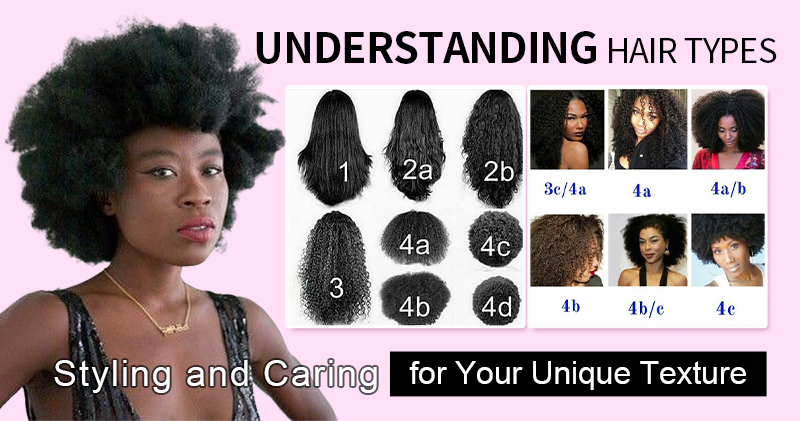
What does hair type mean?
Hair type is a classification system used to categorize hair based on its texture and curl pattern. It's primarily divided into four main types: straight, wavy, curly, and coiled. Within each category, there are subtypes denoted by letters, ranging from A to C, which further specify the texture and tightness of the curl pattern.
Types of Hair
Type 1:
Straight Hair: Type 1 hair is characterized by its absence of natural curl or wave. It's sleek and smooth, and subtypes within this category include fine and coarse straight hair.
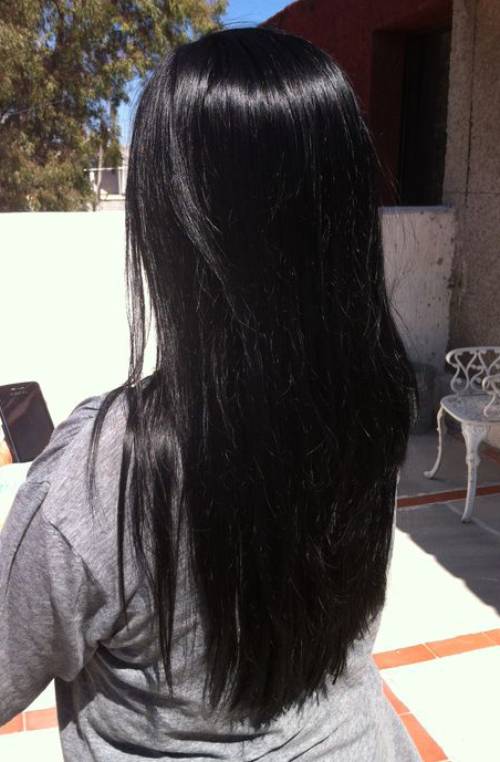
Type 2:
Wavy Hair: Type 2 hair is wavy and tends to form an "S" shape. It's categorized into three subtypes:
Type 2A: Loose waves with a slight bend.
Type 2B: Defined, more prominent waves.
Type 2C: Wavy hair with a distinct, almost curly pattern.
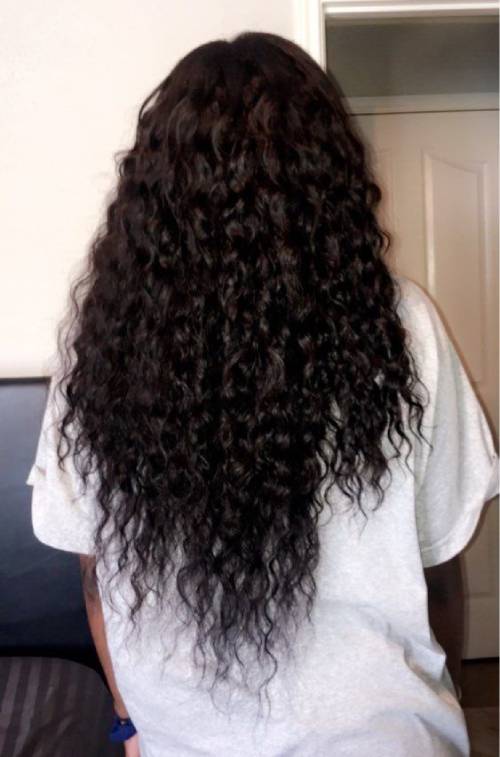
Type 3:
Curly Hair: Type 3 hair features a more defined curl pattern. It's categorized into three subtypes:
Type 3A: Loose curls that resemble sidewalk chalk.
Type 3B: Springy, well-defined ringlets.
Type 3C: Tight, corkscrew curls akin to a pencil or straw.
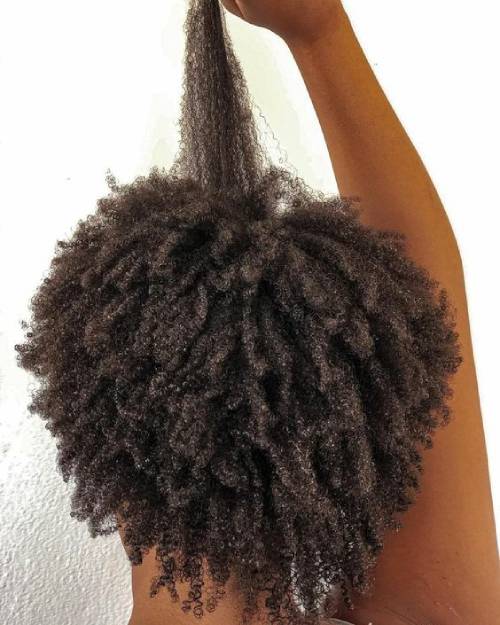
Type 4:
Coiled Hair: Type 4 hair has a distinct coil or zigzag pattern. It's also divided into three subtypes:
Type 4A: This kind of hair type has a defined S-patterned coils.
Type 4B: Coils appear more angular and lack a defined curl pattern.
Type 4C: Coils are densely packed and can appear almost zigzag-like.
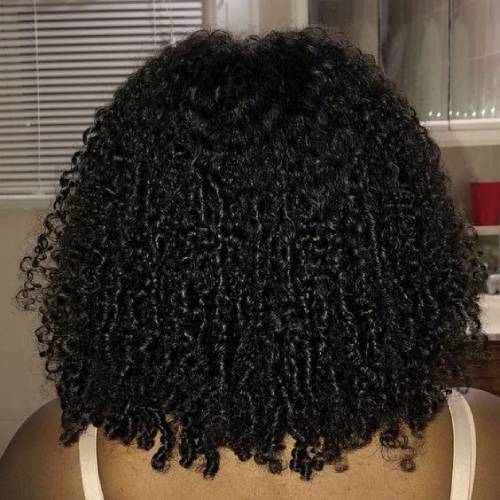
How to Style and Care for Your Hair Type
We'll delve into styling and care tips for each hair type, addressing issues like moisture retention, frizz control, and suitable products. Whether you have straight, wavy, curly, or coiled hair, there are specific techniques and products that can enhance the health and beauty of your hair.
Straight hair
straight hair is sleek and don’t have natural curl. However, this types of hair is tend to become oil. So we highly recommend purchase dry products and avoid heavy serums or butters, which can add extra oil to your hair.
Wave hair
To avoid flattening out that wave, avoid oil-based or creamy products. You can apply mousse or use a gel to define those waves for a more pronounced look.
Curly hair
If you have curly hair, keep in mind that brushing your curly type of hair can wreck curl definition and lead to a frizzy mane, wetting it can lead to more defined curls . If you are a curly hairstyles lover, try to keep your hair loose not in a bun or back in a ponytail. Because it can cause curls to lose their formation.
Coil hair
Coils is the most delicate hair type, and tend to become frizz.So if you have this types of hair, you have to be very gentle with it, and it needs a lot of moisture. Additionally, for this hair type, braided hairstyles is not recommended. This makes your hair more prone to breakage and shedding.
Conclusion:
Understanding your hair type is the foundation for a successful hair care routine. By recognizing your unique texture and curl pattern, you can select the right products, adopt appropriate maintenance practices, and create hairstyles that complement your natural beauty. Embrace your hair type, and let it shine with the care and styling it deserves.
Hope this article helpful for you. If you're interested we have another article on how to tell the difference between wave hair and curly hair.
You might want to check these posts:
How To Curl A Human Hair Wig
Wavy Vs. Curly Hair



 ×
×
